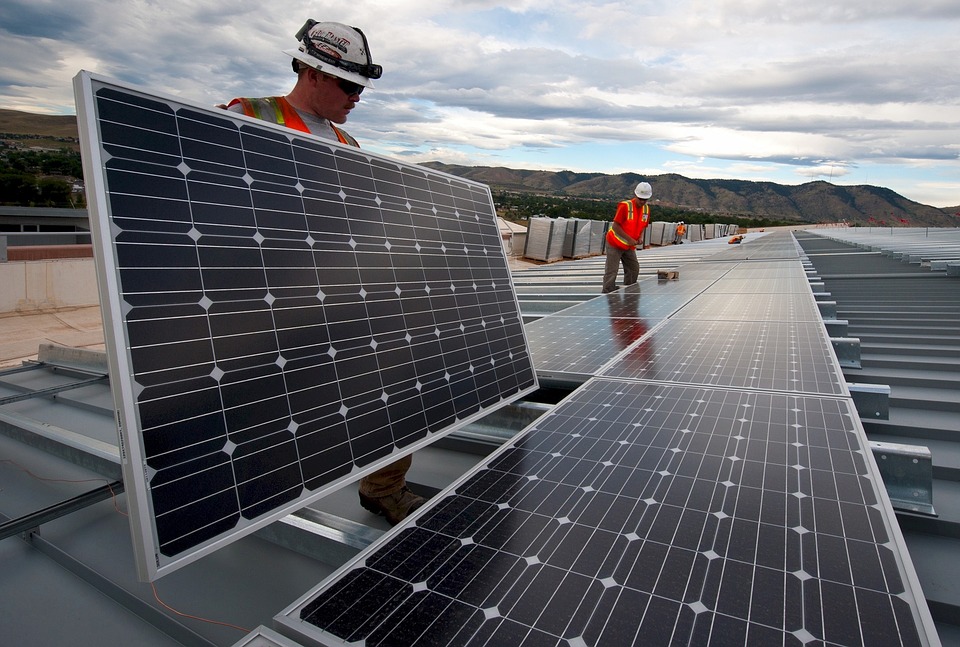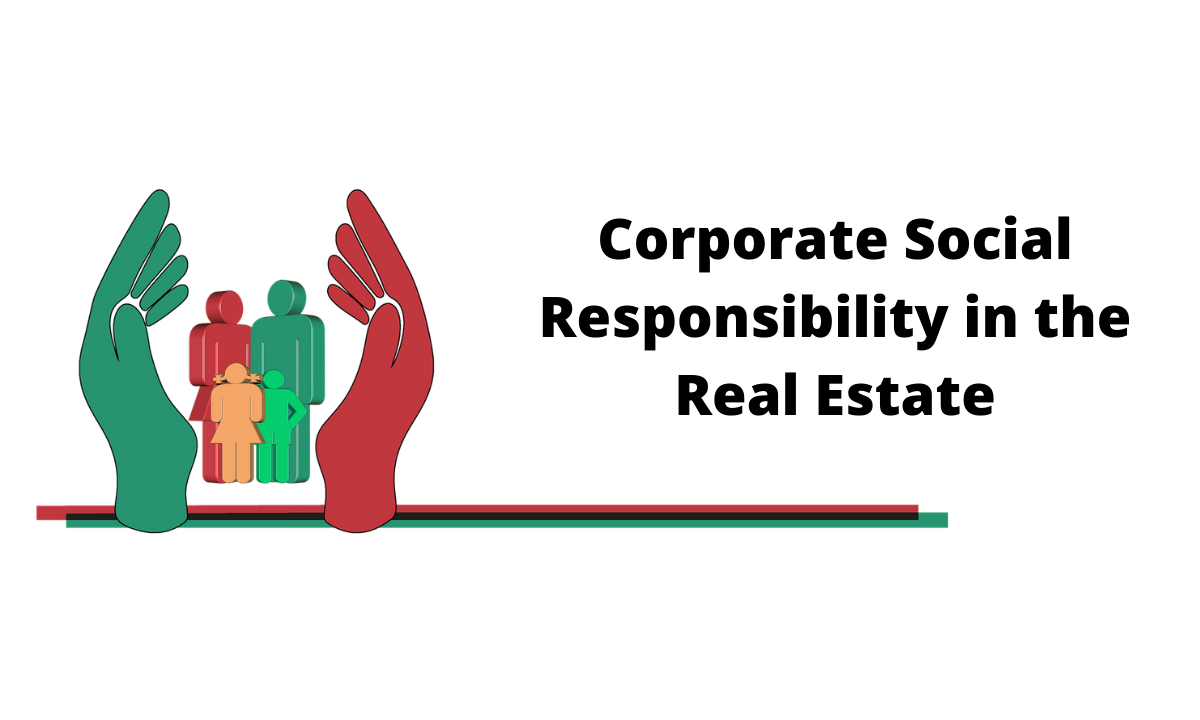It will not be wrong to say that we live in an era of Artificial Intelligence where technology drives most of our work. People are working hard to come up with new technologies and innovations that can simplify your life and benefits the society as well. With time, real estate industry is facing a remarkable change. And this is profiting each segment of the society – right from the builder’s group to architects to individual home buyers.
Today, we are introducing you some of the innovative building materials that would be responsible for shaping the future of real estate construction. These building materials are not only beneficial for the inhabitants but also for our environment. Scroll down to know more.
http://pedrocabiya.com/2014/09/ Tesla solar tiles
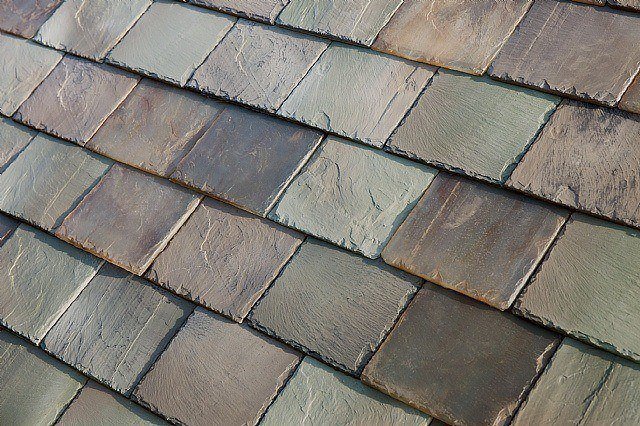
Tesla solar tiles are claimed to a competitive alternative to regular roofing materials. On one hand, where the regular roofing materials cost $24.50 per square foot, Tesla Solar Roof tiles, at $21.85 will be more affordable and reliable.
(Read more: Reduction of Building’s Structural Cost Using Green Building Materials)
These solar tiles will be a profitable and economic investment for homeowners. Along with helping to produce its own green energy and save money, these tiles will prove to be more durable than any existing hard roof tiles in the market, thus being sustainable and efficient at the same time.
Sompeta Insulated concrete
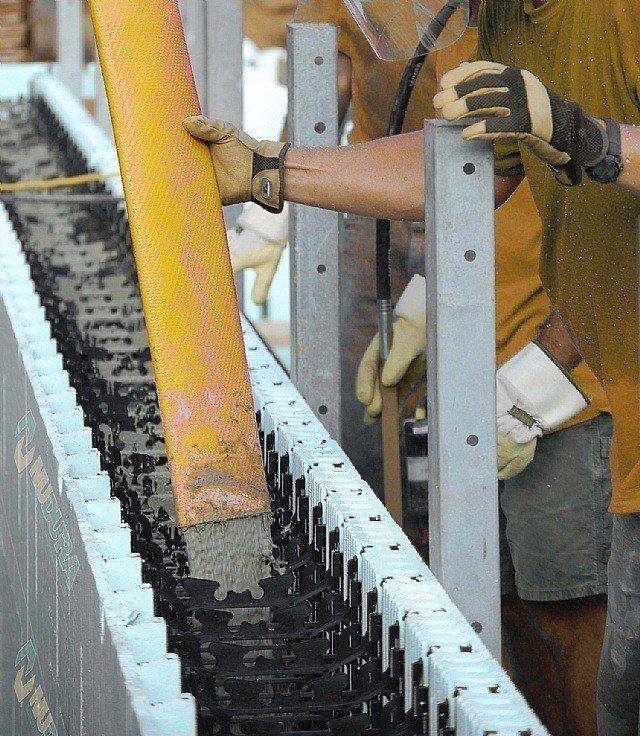
Insulated concrete forms (ICF) are basically stackable foam-concrete sandwich blocks, reinforced with steel bars and filled with concrete. Being incredibly strong and sturdy, they provide an excellent sound and heat insulation. As the build would suggest, they provide a strong and long-lasting foundation to any product.
They themselves don’t pose as some beautiful home siding option on their own, but any expert would recommend ICF before installing any product.
Laminated timber
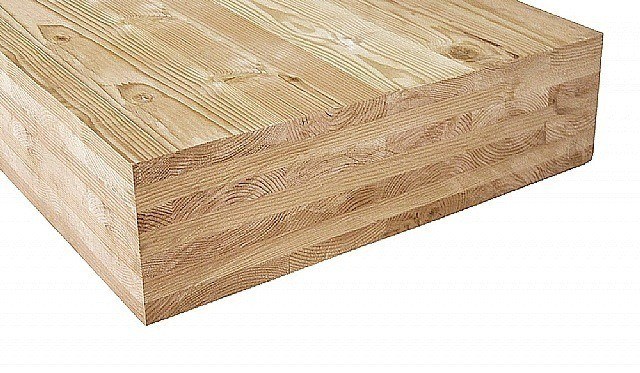
Laminated Timbers, also known as Cross Laminated Timber are a product used especially high-rise commercial buildings. Although they aren’t commonly used building materials for residential sectors, it has every capability to be.
CLT’s are known for their incredible tensile and compressive strength. Commonly manufactured from young trees, they are a suitable and eco-friendly alternative to most hardwood products. They come in many sizes and are even custom made for large sized structures. They also come pre-fabricated and ready to use state; hence structures take less time to complete.
(Read more: Green Buildings Materials: – Alternatives to Replace Concrete)
Pollution absorbing bricks

These bricks are specifically designed to be used as the building blocks of structure’s typical ventilation system. These specialized bricks are double-layer enclosed and thus provide standard heat insulation. There is a filtration system which separates the heavy suspended particulate matter particles and then they are dropped into the removable hopper situated at the base of the wall. The final result is they help in delivering better quality air and also helps in reducing airborne respiratory disorders.
Green mix concrete

As the name would suggest, this material is a green mix of the original material. The original is concrete material, with which recycled materials are added to enhance its durability and performance. The add-ins includes recycled concrete aggregates, aluminum, fibers and fly ash. They provide a better in work, yet less in cost option.
Enhanced wood
Enhanced wood is a next upgraded version of yet another basic building material, wood. According to new research, some of the properties of xylan polymer molecular structure which can be used enhance the use of different plants in building structures. Use of plants thus directly helps in giving an eco-friendly, cost-effective and newer options for renewable building sources.
(Read more: Waste Materials – How Turning Into A Useful Construction Material?)
Hydroceramics
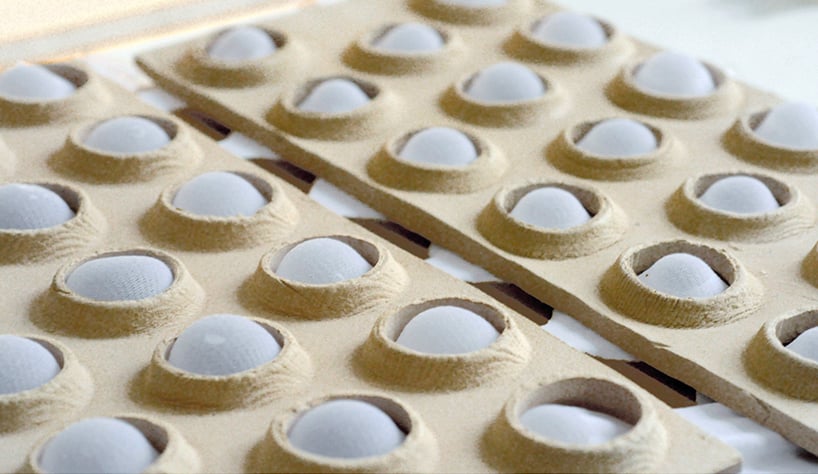
Hydro-ceramics are new building materials which can very effectively replace the air-conditioning in buildings. These materials are made of hydrogel bubbles which can efficiently store up to 400 times its volume of water. Then on hot days these bubbles evaporate thus significantly reducing the temperature in the given space. Utilising this material in walls and other building materials can significantly reduce energy consumption as well as will be highly economical for the homeowner,
Bioconcrete
This product has been developed with a formula by which it repairs itself. This formula not only makes aesthetic repairs in cracks of concrete but also works to save the integrity of the building when water seeps in and corrodes the reinforcing steel. With the use of bio-concrete, it will be possible for the engineers to less reinforcing steel on projects, thus saving overall building cost, as well as costs, are done on repairing.
(Read more: Different Types Of Building Façade Cladding Systems To Know About)
Habito drywall

It is a new generation wallboard product that includes the benefits of both old-fashioned plaster and modern drywall. Habito drywall stands on its own, thus eliminating the need for any anchors for any weight less than 30 pounds. This material has high density and gives great sound resistance and impact resistance, thus giving its applications in media rooms and high traffic areas. It is also known for its flexibility and performance as well as its durability for the building.
CABKOMA strand rod

(Read more: Incorporating green architecture in your existing homes: How?)
Created by the Japanese Company Komatsu Seiren Fabric Laboratory, this product is a new thermoplastic carbon fiber. It is covered with synthetic and inorganic fibers and then coated with thermoplastic resin.
This product boasts of seismic reinforcement of thermoplastic carbon fiber composite. The interlining is made of advanced carbon fiber and the outer layer is covered with synthetic and inorganic fiber, both of which are then given a finish by impregnation with thermoplastic resin.
These are some of the innovative building materials that will bring a new revolution to the construction industry. Builders, architects, and homebuyers will definitely prefer such products. They are not only economic but also sustainable in the long run.
(You may also like: Facts Cum Benefits Of Green Buildings That You Need To Know)
Curated by editor at Wienerberger India
Like this story? Or have something to share? Write to us: gosmartbricks@gmail.com or connect with us on Facebook and Twitter.


